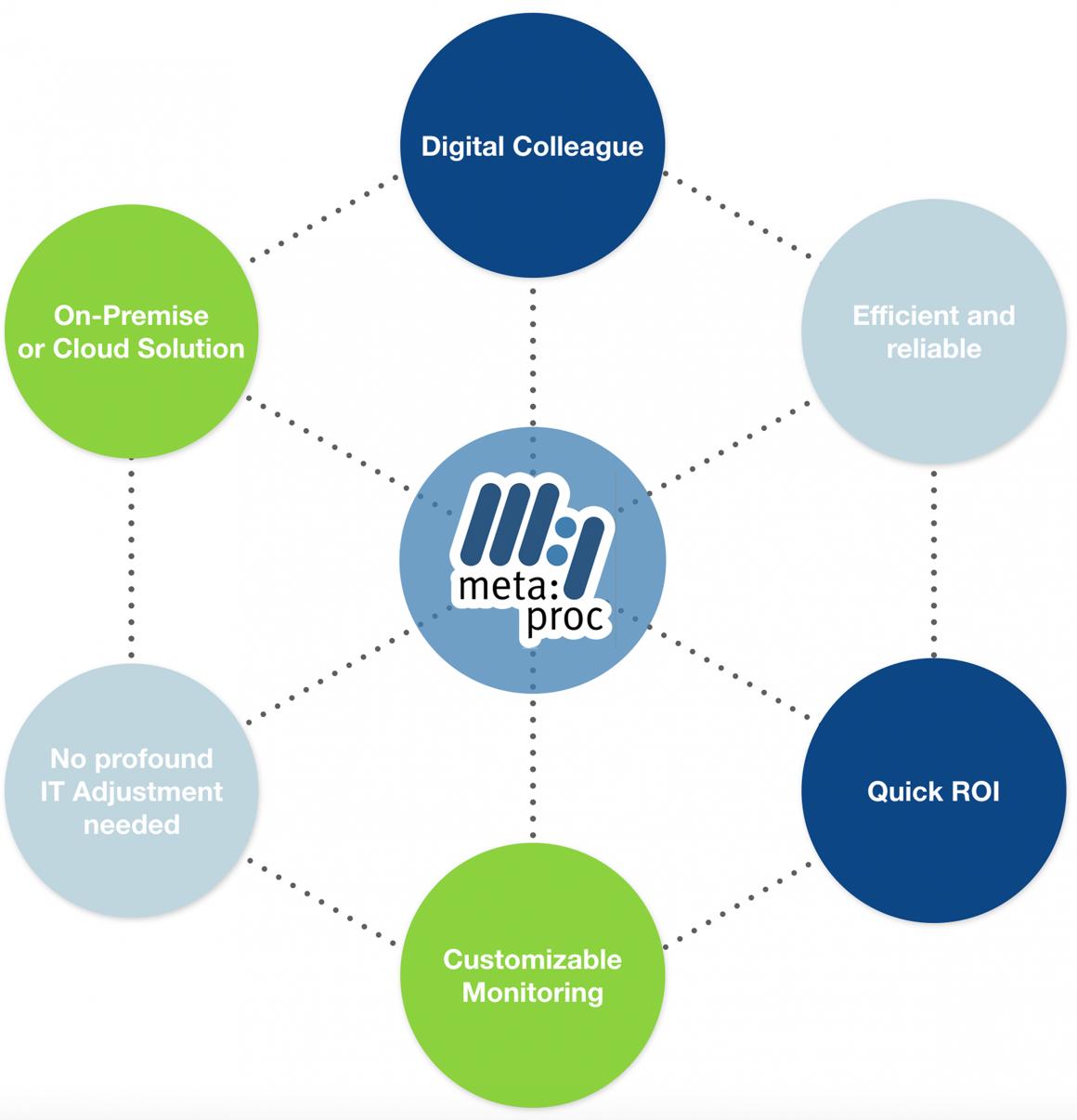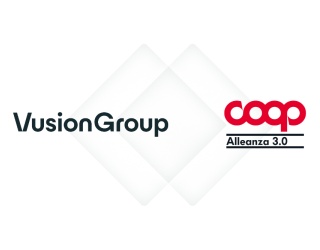Many daily recurring tasks cost time and money in addition to precious manpower. For example, employees use above-average capacity on standard activities such as purchase requisition, invoice verification, contract management, or retail data management. This results in less time to tackle tasks that require individual judgment and decision authority.
Today, digitization offers businesses the opportunity to untangle this mess of wasted capacity and bad investments and instead use technical solutions to create new value chains.
Mastering challenges
The use of new technology trends like the Internet of Things (IoT) initially entails additional challenges and increased investments for companies. Volume and variety of data increase steadily, while decision-making becomes more complex as a result of this new information.
If parallel projects "overtake" each other in the short or medium term and the company's holistic data structure and consistency goes awry, those in charge of implementing new technologies face problems. For example, essential interfaces or new tools and applications for data processing in a project cannot be accessed at a specific time. This may be due to a delay on another task – and now everything grinds to a halt.
Unlike outdated networks, advanced data providers like the IoT offer a greater flow of information. Having said that, even sophisticated new information providers reach their limits when modern technologies encounter outdated data processing systems. Robotic process automation (or RPA) helps companies streamline business processes thanks to software robots that bridge the gap between IoT and legacy systems.

Overcoming obstacles
When legacy and new systems converge, technical difficulties are to be expected. The number of IoT data providers results in an ever-increasing amount of data in all divisions of a company. What seems straightforward at first glance manifests in the lack of compatibility between isolated or individually addressable legacy systems and new, open technologies with standardized interfaces.
There are often problems not just pertaining to outdated industrial installations, but also architectures in other industries where large amounts of data are being processed. This also applies to the retail industry with its partly obsolete data processing technology. Attempts to modernize these IT infrastructures generally involve high costs and tremendous efforts. Ideally, many of these internal legacy systems are scheduled for replacement, yet they still exist. Quite often, they emerge as very uncooperative components when it comes to data exchange with modern technologies, and at worst they don’t offer interface customization at all.
Even if the IoT platform data flood is already right at the doorstep, it literally has to be brought in through a window into the system by an employee with the help of a tried-and-tested application of manual input.

Imitating the human role model
RPA helps to tackle interface problems between tried and tested and modern technologies. The software solution assists in automating manual business processes and replaces interface operations previously performed by employees.
RPA connects innovative IoT applications with established environments, such as materials management, warehouse management, production planning, application, performance and customer-relationship management systems. Software robots emulate humans and perform tasks accordingly, thus collaborating with all application surfaces. This makes it possible to interactively operate existing user interfaces.
Time plays a key role in the application of automation solutions. While conventional tools that connect legacy systems to the IoT take an average six to twelve months to implement, RPA can already be used after just three to eight weeks.
Bots can also be easily applied to legacy systems across industries when the objective is to access external customer or business partner networks for example. RPA offers both short and long-term solutions for various projects like this at manageable implementation costs and without the need for expensive new acquisitions. This comes at very low risk because the bots operate at a zero error rate.
Critical preliminary work
Fundamental analysis is required prior to the implementation of an automation strategy. It should answer questions like “What unique internal characteristics must be taken into account? Which user needs should be part of the agenda and which interfaces must be addressed in the short and long term? Each company has its own unique IT infrastructure and emphasizes different aspects. Businesses that address all types of pitfalls in the run-up can avoid additional license costs, inapplicable interfaces or long implementation periods right from the start.
If used correctly, software robots can tremendously ease the workload of employees. Just like their human role models, they perform assigned, repetitive tasks – even around-the-clock, if needed. In doing so, they free up time and allow employees to focus back on the core business and use their expertise in a more targeted manner. As a lean solution to acute problems, the key advantage of robotic process automation is also the fact that it offers both short and long-term assistance, while it connects outdated systems with modern IoT applications at the same time.










